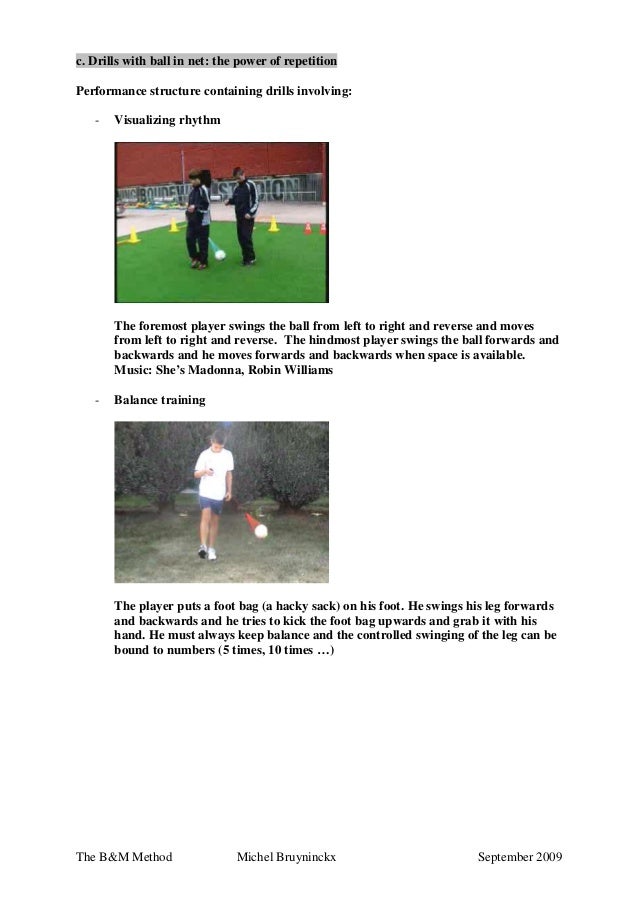Manual of Clinical Microbiology, 1. However, it looks like you listened to. The Foreskin, Circumcision and Sexuality. Chipset Intel I915p I915g Drivers. 2012 Jun;92(6):841-52. Doi: 10.2522/ptj.20110265. Epub 2012 Mar 1. Ghent developmental balance test: a new tool to evaluate balance performance in toddlers and preschool children. De Kegel A(1), Baetens T, Peersman W, Maes L, Dhooge I, Van Waelvelde H. Author information: (1)A. De Kegel, PT, MSc,. They were assessed around Congenital cytomegalovirus infection Gross motor development the ages of 6, 12, and 24 months with the Peabody Developmental Motor Scales-2 (PDMS- Symptomatic 2), Alberta Infant Motor Scales (AIMS), and Ghent Developmental Balance Test (GDBT). The Asymptomatic cCMV infected. Most of the standardized developmental motor tests encompass balance tasks. Overslaan en naar de inhoud gaan. Ghent Development Balance Test.


Methods To evaluate test-retest reliability, 144 children were tested twice on the GDBT by the same examiner, and to evaluate interrater reliability, videotaped GDBT sessions of 22 children were rated by 3 different raters. To evaluate the known-group validity of GDBT scores, z scores on the GDBT were compared between a clinical group (n=20) and a matched control group (n=20). Download Video Dangdut Koplo Palapa Karaoke.
Concurrent validity of GDBT scores with the subscale standardized scores of the Movement Assessment Battery for Children–Second Edition (M-ABC-2), the Peabody Developmental Motor Scales–Second Edition (PDMS-2), and the balance subscale of the Bruininks-Oseretsky Test–Second Edition (BOT-2) was evaluated in a combined group of the 20 children from the clinical group and 74 children who were developing typically. Results Test-retest and interrater reliability were excellent for the GDBT total scores, with intraclass correlation coefficients of.99 and.98, standard error of measurement values of 0.21 and 0.78, and small minimal detectable differences of 0.58 and 2.08, respectively. The GDBT was able to distinguish between the clinical group and the control group ( t 38=5.456, P. Balance or postural stability is a fundamental component of movement, involving the ability to recover from instability and the ability to anticipate as well as to move in ways to avoid instability. It is the complex ability to maintain the body's center of gravity over the base of support while a person is stationary, in motion, or preparing to move or to stop moving. The body's motor, sensory, and cognitive systems work together to achieve postural stability. Various developmental motor disorders cause poor balance, which causes difficulties with the development of numerous functional activities in daily life.– To plan early interventions for young children with motor disabilities, a specific valid and reliable tool to evaluate functional balance performance is an essential part of the assessment, not only for screening and diagnosing but also to assess progress and evaluate the efficacy of interventions.
Several standardized, comprehensive tests are available for motor skill assessment in children. Most of these tests encompass multiple balance tasks.
Some of these tests—such as the Bruininks-Oseretsky Test–Second Edition (BOT-2), for 4- to 21-year-olds; the Peabody Developmental Motor Scales–Second Edition (PDMS-2), for 0- to 5-year-olds; and the Movement Assessment Battery for Children–Second Edition (M-ABC-2), for 3- to 16-year-olds—even offer a specific balance subscale score. Additionally, in children older than 4 to 5 years, besides clinical balance tests such as the One-Leg Stance Test., the Pediatric Reach Test,, the Berg Balance Scale, and tiltboard tip tests, posturography is a possible assessment tool to evaluate the strategies used to control balance. However, within the age range of 18 months to 5 years, the number of standardized motor tests is limited.